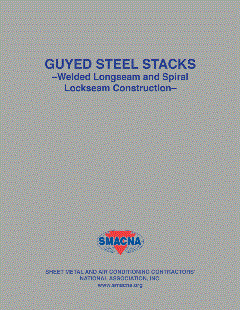

ASTM standard C 754 covers the installation of non-structural steel framing to receive screw-attached gypsum panels. This standard states in section item 5.3.1.3 under Stud Installation: “Studs shall engage both floor and ceiling runners.” The intent of the word engage is to have the stud well nested into the track. The section confirms this nesting statement as it also limits the gap between the end of the stud and the web of the runner to maximum 1/4-inch.
In non-fire rated, non-shear value and non-load bearing partitions, it is allowable by ICC Evaluation Reports and per industry recommendations to friction-fit a metal stud into a metal track and attach a single side of the stud to track at the top and again at the base of the partition. The primary purpose of the screw attachment is to hold the stud in place and prevent inadvertent movement of the stud by other trades on site. Cold-formed steel framing manufacturers hem or toe–in track legs to provide a friction fit. The subsequent installation (screw attachment) of the gypsum panel is more than sufficient to hold the metal stud in a final desired position for non-structural conditions with regard to interior partitions. However, the screws must penetrate through both framing members a minimum of three full threads.
There are more strict requirements for load-bearing assemblies. AISI standard GP 2001 and ASTM C 1007 cover load-bearing cold formed framing; the standard states:
AISI GP 2001 Section C3.4.4: Ends of “structural” studs shall have square end cuts and be seated tight and squarely against the track. Seated tight shall mean that a maximum tolerance of 1/8-inch (3.2mm) will be acceptable.
Field personnel are advised to politely ask the building inspector if the governing agency would consider the review of recognized standards and industry institutions for clarification of code issues. While building inspectors and Inspectors of Record (IOR) are charged with life/safety issues and compliance with minimum code practices, most are more than reasonable and will simply want verification from a recognized authoritative source to support installations. W&C
If you have a question for Cracking the Code, send it via e-mail to Jay McNally, editor of Walls & Ceilings magazine, atmcnallyj@bnpmedia.com. Please include “Cracking the Code” in the subject line.






